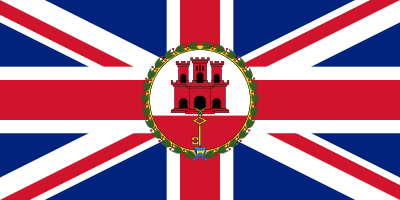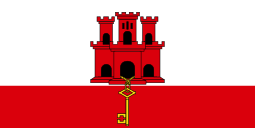Humphrey Bland
| Humphrey Bland | |
|---|---|
| Born | 1686 |
| Died | 8 May 1763 (aged 76 or 77) |
| Allegiance |
|
| Service/branch | British Army |
| Rank | Lieutenant General |
| Commands held |
Scotland Gibraltar |
| Battles/wars | Battle of Culloden |
Lieutenant General Humphrey Bland (1686 – 8 May 1763) was a British Army general who commanded the cavalry at the Battle of Culloden.
Military career
Bland was commissioned as an ensign in 1704.[1] He was involved in operations against the Jacobite Rising of 1715.[1]
He became a leading military theoretician and military writer: among his books, was A Treatise of Military Discipline: In Which is laid down and Explained the Duties of Officer and Soldier which was published in 1727[1] and "considered the bible of the British Army". A first edition was owned by George Washington who encouraged his officers in the Continental Army to "study Bland and other treatises."
In 1742 he was appointed Quartermaster-General to the Forces,[2] a post he held until his death.[1]
Present at Battle of Dettingen in 1743, he had his horse shot out from him.[3] He was commander of a cavalry brigade in the Low Countries between 1744 and 1745.[1] Following the Jacobite Rising of 1745 he was commander of the cavalry at the Battle of Culloden in 1746.[1]
In 1747 he was appointed Commander-in-Chief for Scotland, and although he was Governor of Gibraltar between 1749 and 1754,[4] he resumed his role as Commander-in-Chief for Scotland from 1753 to 1756.[1]
On 27 June 1737 he was promoted to the colonelcy of the 36th Regiment of Foot, from which he was removed, in 1741, to the 13th Regiment of Dragoons, and two years afterwards to the 3rd (King's Own) Regiment of Dragoons. In July 1752 he was removed to the 1st Dragoon Guards, the colonelcy of which he retained until his decease in 1763.[5]
He lived at Blandsfort, Abbeyleix, County Laois, Ireland.[6]
Family
In 1755 he married Elizabeth Dalrymple: there were no children.[1]
References
- 1 2 3 4 5 6 7 8 Humphrey Bland at Oxford Dictionary of National Biography
- ↑ The London Gazette: no. 8113. p. 2. 24 April 1742. Retrieved 27 December 2009.
- ↑ Worcestershire Regiment
- ↑ The London Gazette: no. 8831. p. 1. 11 March 1748.
- ↑ Richard Cannon, Historical Record of the Thirty-Sixth, or the Herefordshire Regiment of Foot (London, 1853) page 115
- ↑ The Peerage.com
Bibliography
- Ward, Harry. George Washington's Enforcers: Policing the Continental Army. Carbondale, Il: Southern Illinois University Press, 2006. Print.
- Culloden Moor 1746, Osprey Books
| Military offices | ||
|---|---|---|
| Preceded by John Moyle |
Colonel of Bland's Regiment of Foot 1737–1741 |
Succeeded by James Fleming |
| Preceded by Robert Dalway |
Colonel of Bland's Regiment of Dragoons 1741–1743 |
Succeeded by James Gardiner |
| Preceded by John Armstrong |
Quartermaster-General to the Forces 1742–1763 |
Succeeded by George Morrison |
| Preceded by Sir Philip Honywood |
Colonel of The King's Regiment of Dragoons 1743–1752 |
Succeeded by The Lord Tyrawley |
| Preceded by George Wade |
Governor of Fort William 1743–1752 |
Succeeded by Richard Onslow |
| Preceded by William Hargrave |
Governor of Gibraltar 1749–1755 |
Succeeded by Thomas Fowke |
| Preceded by Sir Philip Honywood |
Colonel of 1st (The King's) Dragoon Guards 1752–1763 |
Succeeded by John Mostyn |
| Preceded by Lord Mark Kerr |
Governor of Edinburgh Castle 1752–1763 |
Succeeded by The Earl of Loudoun |

